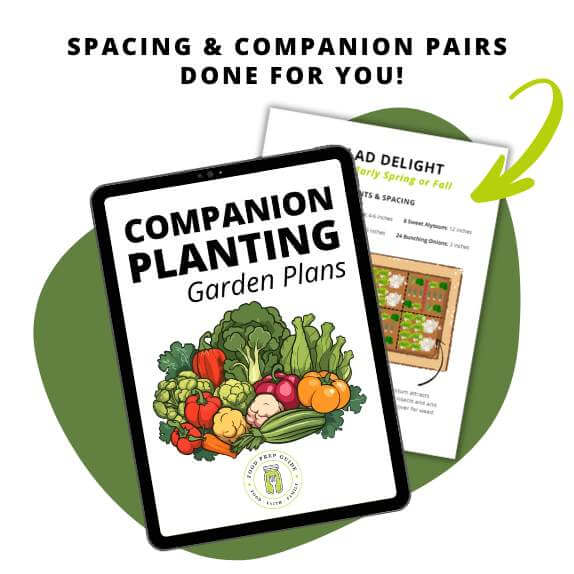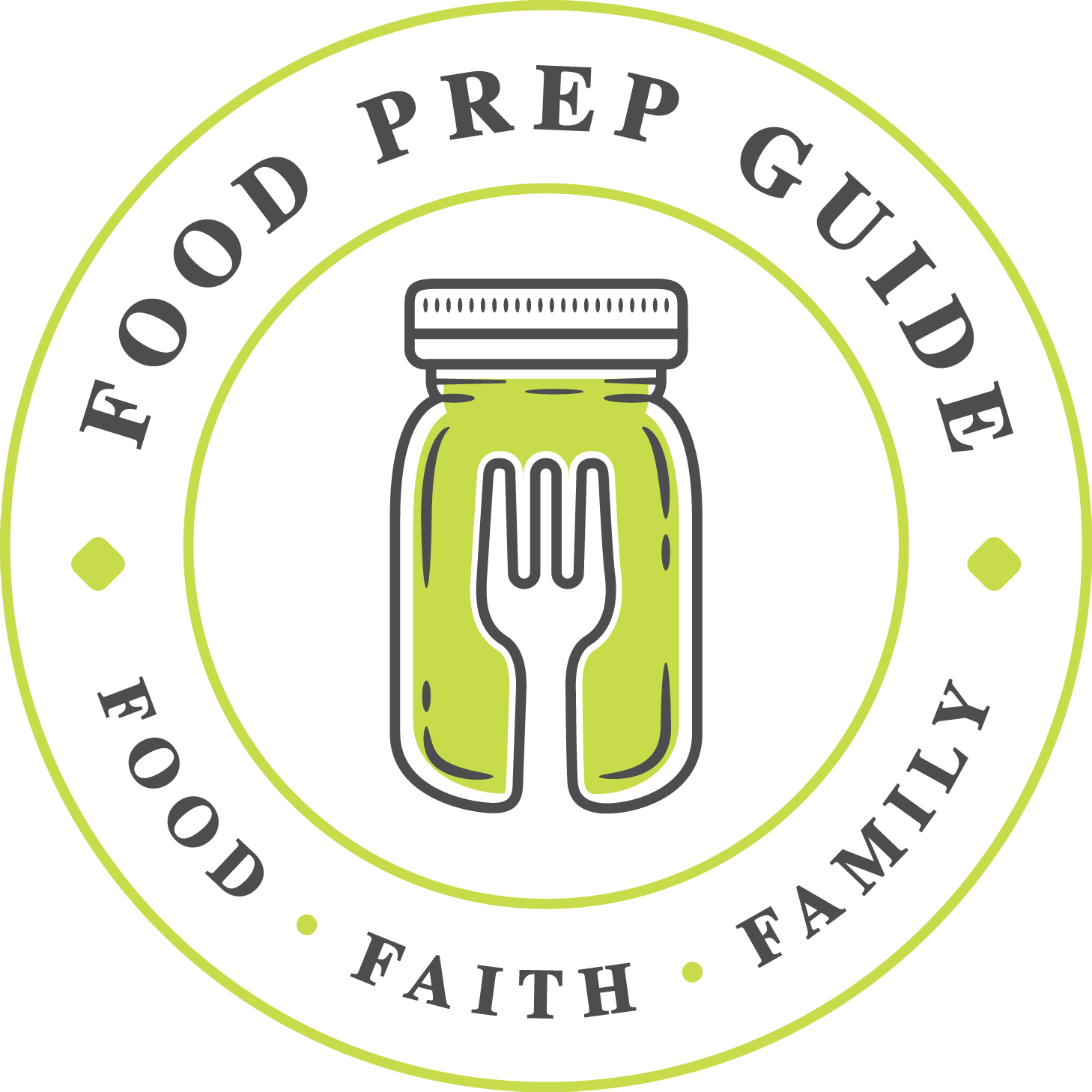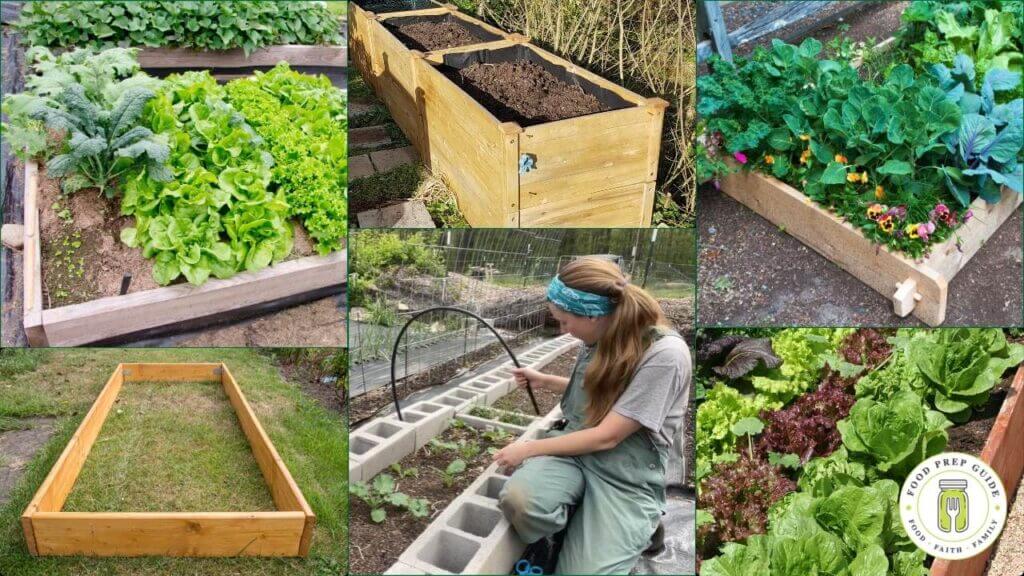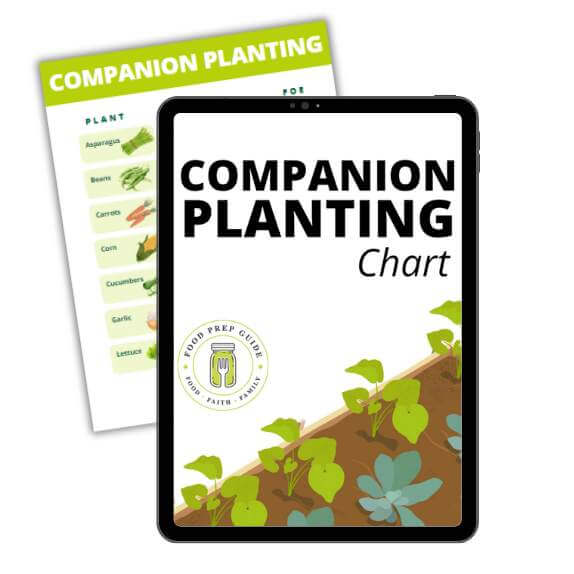Whether you’re sketching plans for your first raised beds or wondering why last season’s garden didn’t quite meet your expectations, you’re in the right place.
Today we’re covering nine of the most overlooked raised bed mistakes that beginners make.
If you’re still in the planning stage, you have the perfect opportunity to do things right from the start.
Already built your beds?
Don’t worry—most of these problems have simple fixes that won’t require starting over. In fact, mistake number six nearly ruined my growing season last year, but the solution took less than an hour to implement.
1. Jumping Into Raised Bed Gardening Without Proper Planning
We’re all excited to start growing, but taking just one weekend to map things out can save you months of frustration later.
Here’s what you need to consider:
- Sketch out your garden space with measurements
- Think about water access – how far will you need to drag that hose?
- Consider movement between beds – is there enough space for a wheelbarrow?
- Plan for pathways if needed
- Check if the ground is level or if you need to adjust for slopes
Taking time to plan is one of the most rewarding parts of gardening and prevents costly mistakes down the road.
2. Ignoring Sun Requirements
This is huge and something you want to get right from the beginning. Most vegetables need 6 to 8 hours of direct sunlight every day.
The problem? That spot that feels sunny in your backyard might only get 3 to 4 hours of true sunlight.
Here’s what to do: Spend one day tracking the sun across your property. Mark where shadows fall at different times of day. Consider tree lines and structures like sheds, plus your neighbor’s trees if they’re a factor.
For most of us in the northern hemisphere, the south side of your house is prime garden real estate.
North-facing areas work better for shade-loving ornamentals, not your tomatoes and peppers.
3. Poor Raised Bed Placement and Sizing
I see this mistake all the time (and just made it myself recently—total face-palm moment).
People line their fences with beautiful raised beds but can’t reach the back half of the plants, or they build beds so wide they can’t comfortably reach the middle.
The solution: Keep your raised beds 4 feet maximum in width.
Most people can comfortably reach about 2 feet without straining, so 4 feet is the limit if you can access both sides of the bed.
If you’re placing a bed against a fence or wall, cut that width in half to 2 feet maximum, or simply move the bed away from the fence so you can access all sides.

REMOVE THE GUESSWORK FROM GARDENING!
These garden plans include 10 themed garden blueprints—complete with beneficial pairings, proper spacing & more!
4. Using the Wrong Building Materials
If you’re going the DIY route, avoid these materials:
Avoid:
- Traditional pressure-treated lumber (contains chemicals that can leach into soil)
- Railroad ties (contain creosote—definitely not something you want near your food)
- Old cinder blocks made with fly ash
Better choices:
- Naturally rot-resistant woods like cedar or cypress
- Untreated hardwoods (won’t last as long but safer)
- Concrete blocks (practically lasts forever)
- Metal raised bed kits
- Stone or brick
- Reclaimed materials like old shipping pallets (make sure they’re heat-treated, marked with “HT”)
Make sure to get true concrete blocks, not older-style cinder blocks made with fly ash. Most modern concrete blocks no longer use fly ash, but it’s good to ask before buying.
5. Filling Beds with Plain Topsoil
In a raised bed, your plants only have access to whatever nutrients you put in that box (unless you don’t put a bottom on your raised bed, which is an option).
Regular topsoil doesn’t have enough nutrients to support heavy-feeding vegetables, and most summer vegetables are very heavy feeders.
The winning formula:
- 40% topsoil
- 40% compost (multiple sources if possible)
- 10% aged manure or other natural fertilizer
- 10% aeration materials like perlite, vermiculite, or fine pine bark
For compost, I recommend a blend of kitchen compost, worm castings, and mushroom compost. For the aged manure portion, horse manure and cotton burr compost work excellently.
Prices pulled from the Amazon Product Advertising API on:
Product prices and availability are accurate as of the date/time indicated and are subject to change. Any price and availability information displayed on [relevant Amazon Site(s), as applicable] at the time of purchase will apply to the purchase of this product.
6. Skipping the Mulch
This was the mistake that nearly cost me my growing season. Raised beds dry out much faster than in-ground gardens, especially if you’re using concrete blocks or metal raised beds that get very hot in summer.
Just a 2-inch layer of mulch can cut your water requirements in half. It also suppresses weeds, moderates soil temperature, and gradually adds nutrients as it breaks down.
Good mulch options include straw, shredded leaves, aged wood chips, and old spoiled hay. Use whatever you can get that’s free. Just make sure hay or straw wasn’t sourced from fields sprayed with persistent herbicides.
7. Treating All Plants the Same for Soil pH
Different plants have dramatically different pH needs. Blueberries need very acidic soil around 4.5 on the pH scale, while most vegetables prefer somewhere between 6 and 7.
Try to grow both in the same bed, and something’s going to suffer.
Group plants by pH requirements:
- Acid-loving plants: Blueberries, potatoes
- Neutral plants: Most summer vegetables
- Alkaline-tolerant plants: Brassicas (cabbage, broccoli, cauliflower)
A simple pH soil test kit costs under $20 and can save you hundreds in failed plants.
Prices pulled from the Amazon Product Advertising API on:
Product prices and availability are accurate as of the date/time indicated and are subject to change. Any price and availability information displayed on [relevant Amazon Site(s), as applicable] at the time of purchase will apply to the purchase of this product.
8. Cramming Plants Too Close Together
Every gardener does this, including myself. Here’s the thing: spacing guidelines on seed packets were created for traditional in-ground row gardens. Raised beds are totally different.
When you have nutrient-rich, deep, loose soil in a raised bed, plants can grow closer together without competing too much for nutrients. But if you want to plant densely, you have to accommodate that from the beginning with rich soil components.
My rule of thumb:
- If you’ve invested in premium soil amendments, you can push to about 75% of the recommended spacing on seed packets
- If you’re working with basic soil mix, stick closer to packet recommendations
Remember that proper airflow prevents disease. Those tiny seedlings become huge plants that need room to breathe, especially in humid climates.
9. Assuming Raised Beds Are Protected from Pests
Trust me, bugs and critters will find their way into containers and raised beds. My favorite pest prevention solution is a simple hoop system using poly tubing (the black piping used in drip irrigation systems).
I bend them into arches over my beds. For concrete raised beds, I use 18-inch sticks of rebar inserted into the holes of the concrete blocks, then slip the poly tubing over them.
This versatile system works with:
- Insect netting for bugs
- Tulle (cheaper alternative)
- Floating row cover for frost protection
- Shade cloth for intense summer heat
The Bottom Line
We all make mistakes in gardening—that’s how we learn and grow. What matters is that you keep trying, keep learning, and keep growing.
These nine fixes can transform your raised bed garden from struggling to thriving.
Remember, a little planning upfront saves months of frustration later. Your future self (and your plants) will thank you!













